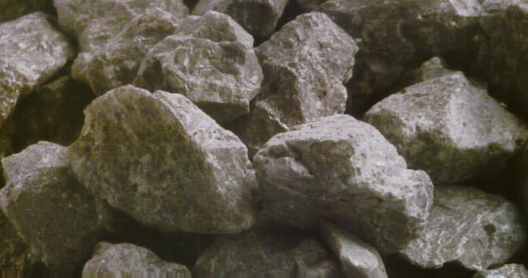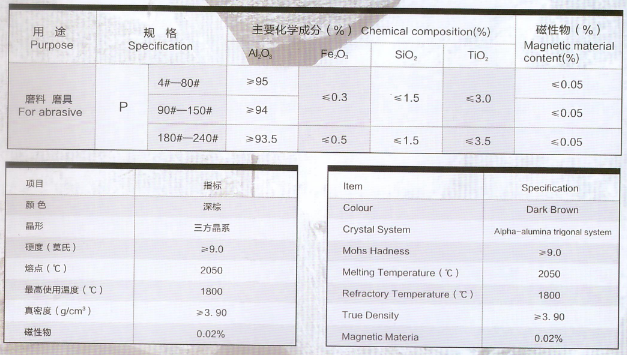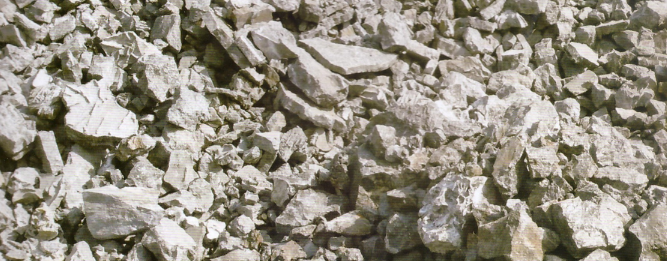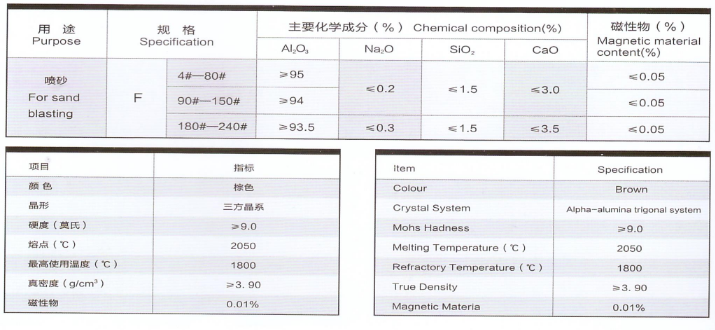Brown Fused Alumina is made of high-quality bauxite as raw material, anthracite and iron filings. It is made by arc smelting at 2000°C or higher temperature. It is crushed and plasticized by self-grinding machine, magnetically deferred to iron, sieved into various sizes, and its texture is dense and hard. High, spherical pellets, suitable for the production of ceramic, high-resistance abrasive resin and grinding, polishing, sandblasting, precision casting, etc., can also be used to manufacture high-grade refractories.
There are two ways to improve product cleanliness:
The first is to use high-power dry cleaning machines to clean F54 crude products. The machine consists of a blower and an induced draft fan. When the material enters the dry-cleaning machine, the blower is adjusted to the proper air volume to allow the material to jump up and down in the machine room, and the fine dust in the product is separated from the wood chips in the material by friction and collision between the materials; The rear induced draft fan introduces dust and wood chips with relatively light material and relatively small particles into the dust removal equipment. The cleanliness reaches over 98%.
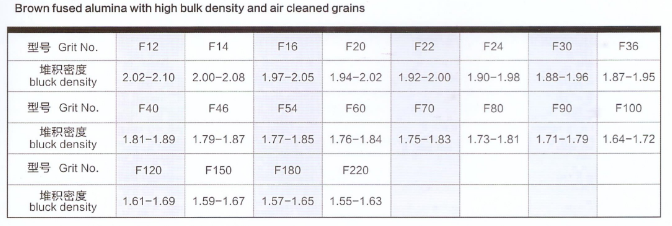
Second, the adjustment of dry-cleaning equipment is mainly used to produce products with less than F60. Because F60 is a fine-grained product, air heating is used to eliminate static electricity and moisture to ensure the quality of dry-clean abrasive products.

The use of Brown Fused Alumina:
1. Sandblasting - abrasive medium hardness, high packing density, no free silica, a large specific gravity, good toughness, widely used in aluminum, copper profile glass, washed denim precision molds and other fields;
2. Free grinding - Grinding grade abrasives, used in kinescopes, optical glass, monocrystalline silicon, lenses, watches with glass, crystal glass, jade and other fields;
3. Resin Abrasives - Suitable for abrasives, good hardness, toughness, suitable particle cross-section type and edge retention, applied to resin abrasives, ideal results;
4. Coated Abrasives - Abrasives are raw materials for sandpaper, gauze and other manufacturers;
5. Functional fillers - mainly used for automotive brake parts, special tires, special construction products and other collar can be used as construction of highway pavement, airstrips, piers, parking lots, industrial floors, sports grounds and other wear-resistant materials;
6. Filter media - is a new type of abrasive applications, the use of granular abrasive as the bottom media of the filter bed, purification of drinking water or wastewater, is a new type of water filter material at home and abroad, especially for non-ferrous metal processing;
7.Hydraulic cutting——It is a new type, environmental protection and safe cutting method that uses abrasive as cutting medium and high-pressure hydraulic jets for basic cutting. It is applied to the cutting of petroleum (natural gas) pipelines, steel and other parts.
